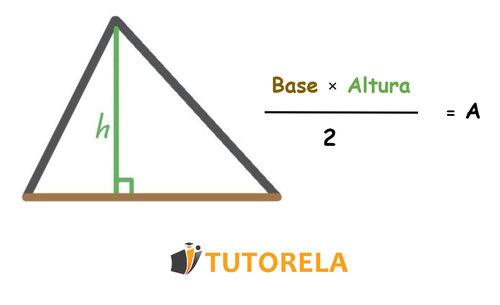In this article, we will learn what area is, and understand how it is calculated for each shape, in the most practical and simple way there is.
Shall we start?
Area of Square Practice Problems and Solutions
Master square area calculations with step-by-step practice problems. Learn the formula A = a² and solve real-world area problems with detailed solutions.
- Apply the formula A = a² to calculate square areas accurately
- Solve problems using diagonal method: (diagonal × diagonal) ÷ 2
- Convert between square units: cm², m², and other measurements
- Calculate areas of squares in real-world contexts like rooms and plots
- Practice with both whole numbers and decimal side lengths
- Verify answers using multiple calculation methods
Understanding Area
What is the area?
Area is the definition of the size of something. In mathematics, which is precisely what interests us now, it refers to the size of some figure.
In everyday life, you have surely heard about area in relation to the surface of an apartment, plot of land, etc.
In fact, when they ask what the surface area of your apartment is, they are asking about its size and, instead of answering with words like "big" or "small" we can calculate its area and express it with units of measure. In this way, we can compare different sizes.
Units of measurement of area
Large areas such as apartments are usually measured in meters, therefore, the unit of measurement will be square meter.
On the other hand, smaller figures are generally measured in centimeters, that is, the unit of measurement for the area will be square centimeter.
Remember:
Units of measurement for the area in
Units of measurement for the area
Practice Area
ABDC is a deltoid.
AB = BD
DC = CA
AD = 12 cm
CB = 16 cm
Calculate the area of the deltoid.
Examples with solutions for Area
Look at the rectangle ABCD below.
Side AB is 6 cm long and side BC is 4 cm long.
What is the area of the rectangle?
Remember that the formula for the area of a rectangle is width times height
We are given that the width of the rectangle is 6
and that the length of the rectangle is 4
Therefore we calculate:
6*4=24
Answer:
24 cm²
Look at the rectangle ABCD below.
Side AB is 4.5 cm long and side BC is 2 cm long.
What is the area of the rectangle?
We begin by multiplying side AB by side BC
We then substitute the given data and we obtain the following:
Hence the area of rectangle ABCD equals 9
Answer:
9 cm²
Look at rectangle ABCD below.
Side AB is 10 cm long and side BC is 2.5 cm long.
What is the area of the rectangle?
Let's begin by multiplying side AB by side BC
If we insert the known data into the above equation we should obtain the following:
Thus the area of rectangle ABCD equals 25.
Answer:
25 cm²
The triangle ABC is given below.
AC = 10 cm
AD = 3 cm
BC = 11.6 cm
What is the area of the triangle?
The triangle we are looking at is the large triangle - ABC
The triangle is formed by three sides AB, BC, and CA.
Now let's remember what we need for the calculation of a triangular area:
(side x the height that descends from the side)/2
Therefore, the first thing we must find is a suitable height and side.
We are given the side AC, but there is no descending height, so it is not useful to us.
The side AB is not given,
And so we are left with the side BC, which is given.
From the side BC descends the height AD (the two form a 90-degree angle).
It can be argued that BC is also a height, but if we delve deeper it seems that CD can be a height in the triangle ADC,
and BD is a height in the triangle ADB (both are the sides of a right triangle, therefore they are the height and the side).
As we do not know if the triangle is isosceles or not, it is also not possible to know if CD=DB, or what their ratio is, and this theory fails.
Let's remember again the formula for triangular area and replace the data we have in the formula:
(side* the height that descends from the side)/2
Now we replace the existing data in this formula:
Answer:
17.4
What is the area of the given triangle?
This question is a bit confusing. We need start by identifying which parts of the data are relevant to us.
Remember the formula for the area of a triangle:
 The height is a straight line that comes out of an angle and forms a right angle with the opposite side.
The height is a straight line that comes out of an angle and forms a right angle with the opposite side.
In the drawing we have a height of 6.
It goes down to the opposite side whose length is 5.
And therefore, these are the data points that we will use.
We replace in the formula:
Answer:
15